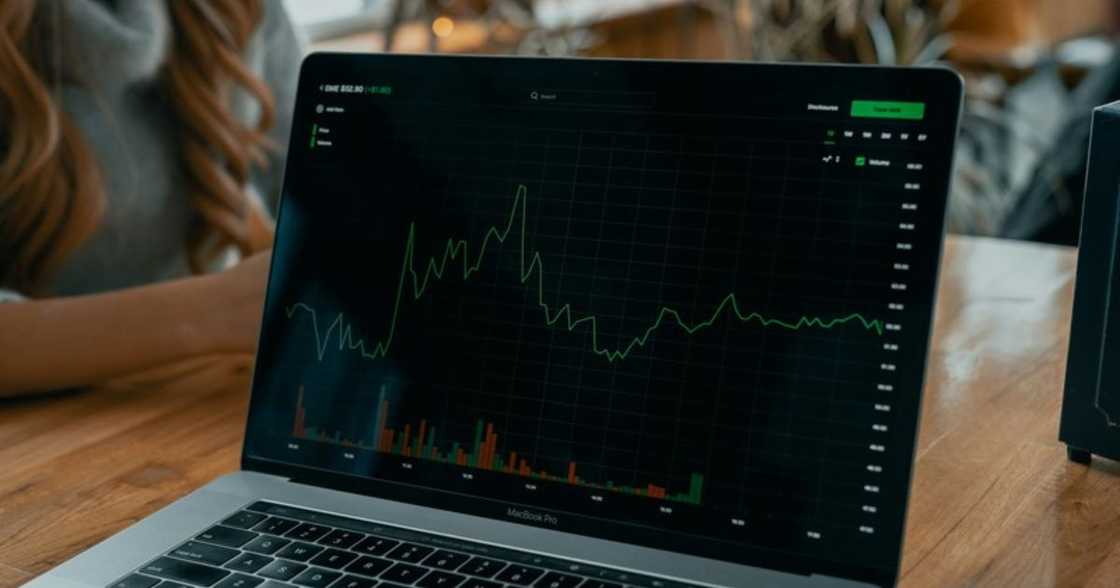Day Trading vs. Long-Term Forex Trading: Which Is More Profitable?
Forex trading is one of the most dynamic financial markets that offers traders multiple approaches to generating profit. Among the most popular trading strategies are day trading and long-term trading, each with its unique advantages and risks.

Source: UGC
While both methods aim to capitalize on currency fluctuations, the question remains: which approach is more profitable? The answer depends on various factors, including risk tolerance and market conditions.
Understanding Day Trading
Day trading involves opening and closing positions within the same trading day when forex trading South Africa. It relies on short-term price movements and typically requires traders to stay glued to their screens, analysing price charts and executing quick trades.
Day traders use technical indicators, such as moving averages, RSI (Relative Strength Index), and MACD (Moving Average Convergence Divergence), to make rapid decisions.
Advantages of Day Trading:
- Quick Profits, as traders can take advantage of multiple small price movements throughout the day.
- Leverage Opportunities. Many brokers offer high leverage, allowing traders to control large positions with smaller capital.
- Less Exposure to Market Risks. Since trades are closed within the day, overnight price gaps and geopolitical risks have minimal impact.
Disadvantages of Day Trading:
- High Stress and Time-Consuming. Constant monitoring of charts can be mentally exhausting when forex trading South Africa.
- High Transaction Costs. Frequent trades mean higher spreads and commissions.
- Greater Risk of Emotional Trading. The fast-paced nature of day trading can lead to impulsive decisions and significant losses.
Understanding Long-Term Forex Trading
Long-term forex trading, also known as position trading, involves holding trades for weeks, months, or even years.
Traders in this category focus on fundamental analysis, considering economic indicators such as GDP growth, interest rates, and geopolitical developments. This strategy is less concerned with short-term price fluctuations and more focused on macroeconomic trends.
Advantages of Long-Term Trading:
- Lower Transaction Costs. Fewer trades mean lower commissions and spread costs.
- Reduced Emotional Pressure. Long-term traders do not need to monitor charts constantly.
- Potential for Higher Profits. Holding a trade for an extended period allows traders to capitalize on larger market trends.
Disadvantages of Long-Term Trading:
- Requires More Capital. Long-term trades require a larger account balance to withstand potential drawdowns.
- Market Volatility. Sudden economic events or policy changes can negatively impact positions.
- Slow Returns. Unlike day trading, where profits are realized quickly, long-term trading demands patience.
Which Approach Is More Profitable?
Profitability depends on the trader’s skill level and risk management as well as the market conditions. Day trading can yield quick profits, but the high-stakes nature increases the risk of losing money rapidly. Long-term trading can be more stable, but it requires patience and sufficient capital to manage market fluctuations.
For traders who can handle high pressure and react quickly to market changes, day trading may be more profitable. However, for those with a strategic mindset who prefer analysing long-term trends, long-term trading offers a more sustainable profit potential.
Ultimately, the best approach depends on individual preferences and trading goals.
Source: Briefly News

